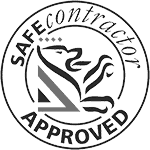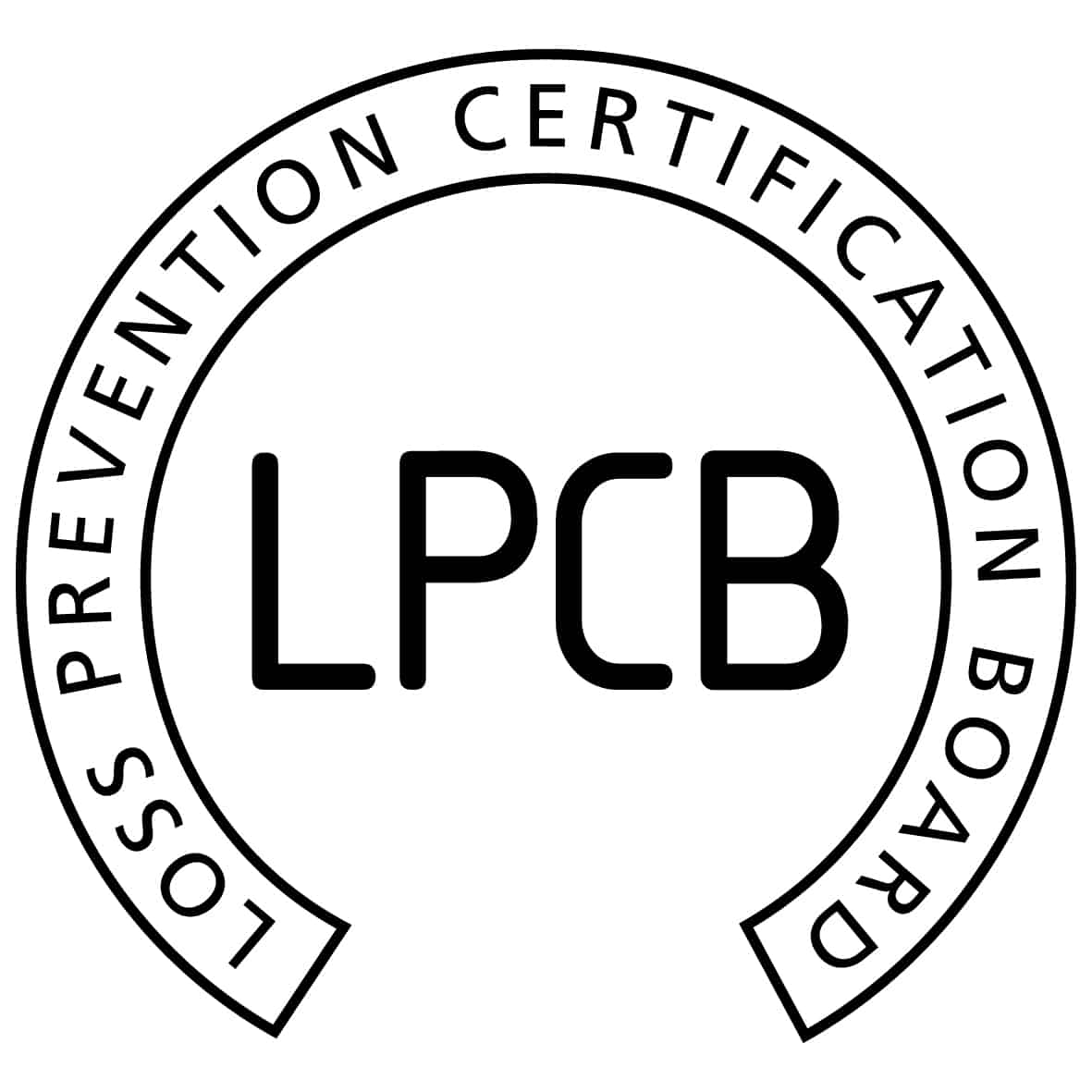

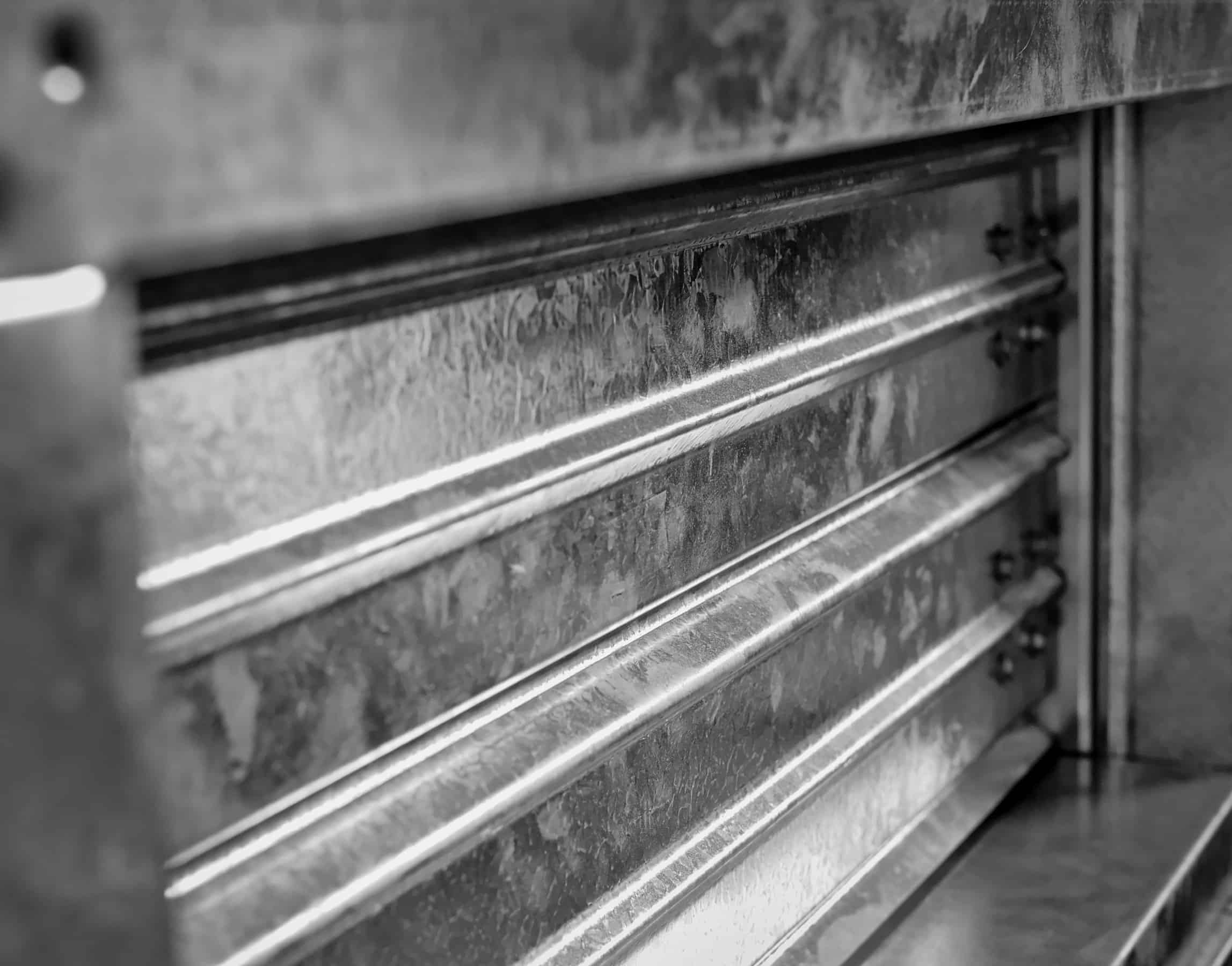
What is a Fire Damper
Fire dampers are ducting fittings. They are usually used whenever there is a fire-resistant wall in the property. Because of the ducting vent, there will be a place through which fire and smoke can escape from one room to another. Fire dampers are designed to prevent flames and smoke from passing through the ducting system.
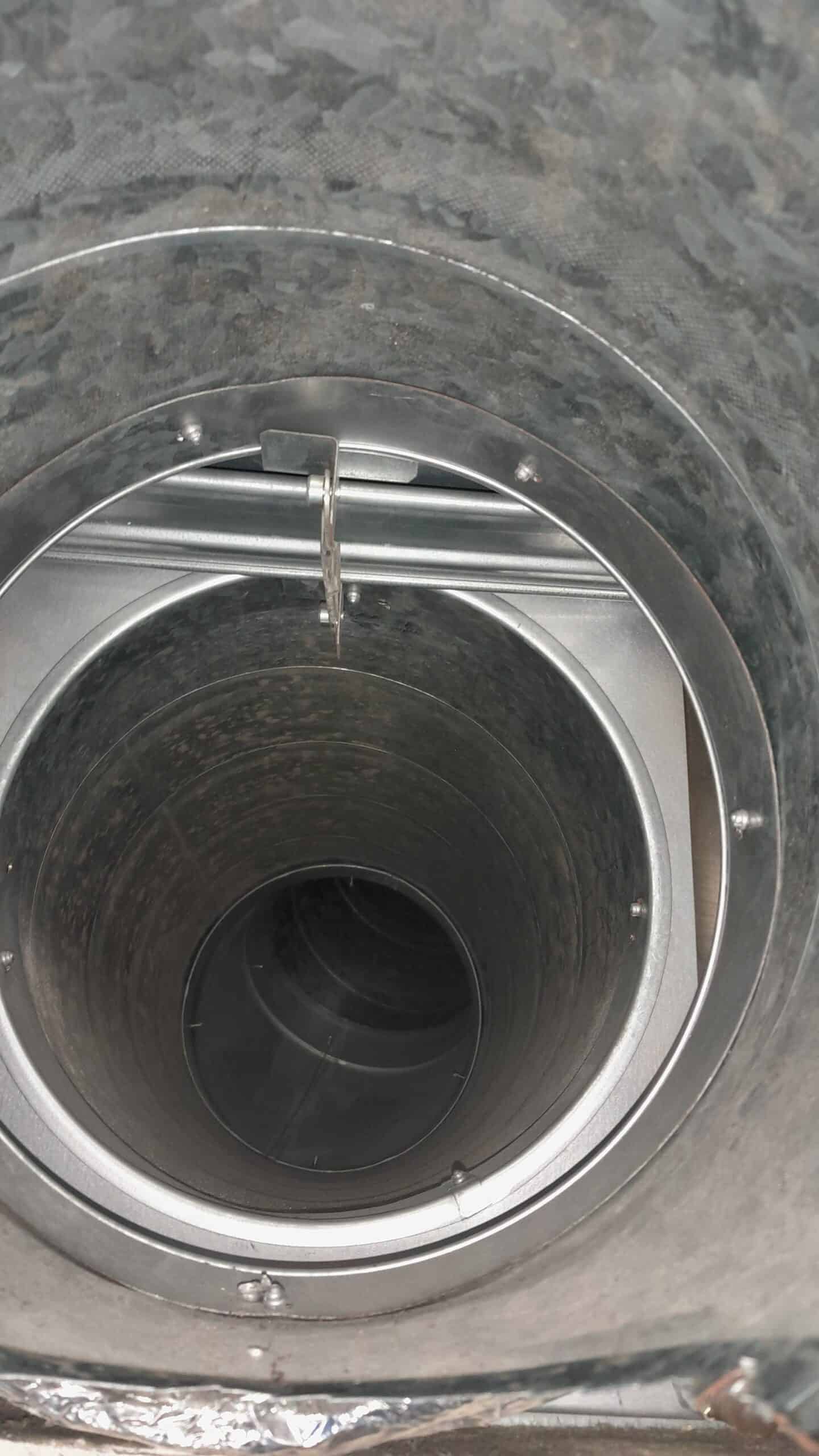
Fire Damper Types:
Dynamic – installed in vertical barriers, these fire dampers have a spring-loaded mechanism. In case of fire, the mechanism is released and the doors of the damper shut close. The fan in the system will continue to run and build up pressure. This pressure will help keep the fire dampers’ doors closed.
Static – installed in horizontal barriers, these fire dampers have a curtain-like design. In case of fire, the curtain drops, preventing the passage of heat, flames and smoke. These dampers should be installed where ducting fans will no longer work if a fire is detected.
Fire/Smoke – those are the dampers designed to block both fire and smoke.
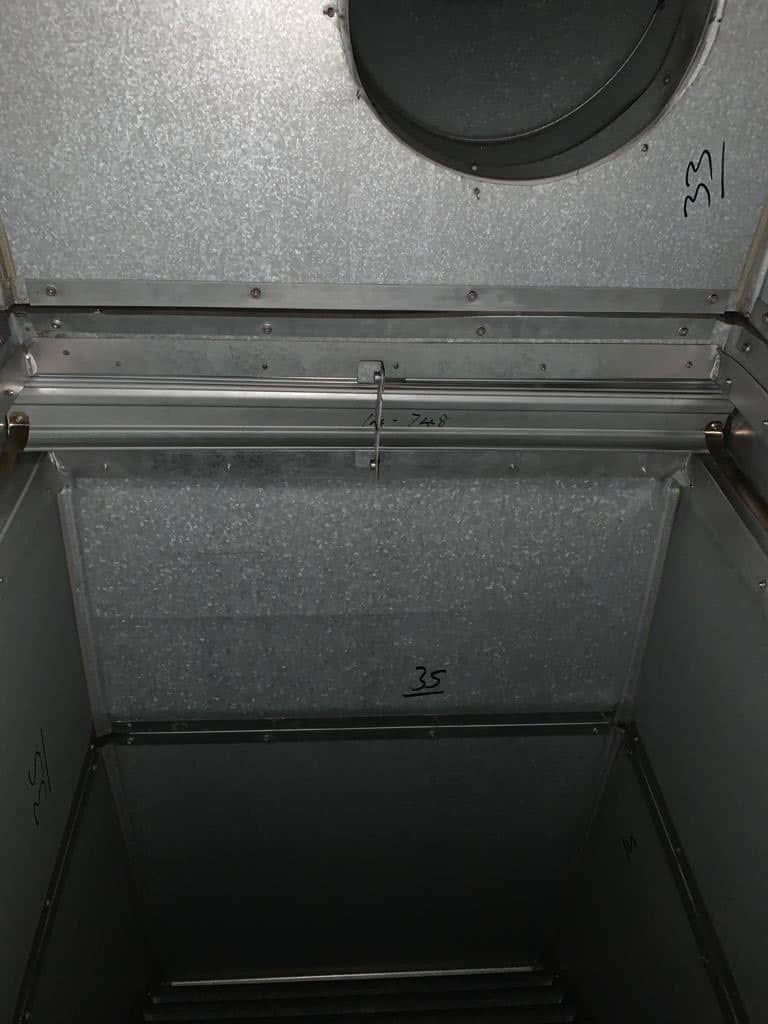
How Does a Fire Damper Work?
There are several different options. Hard-wired solutions for some rooms or programmable solutions for others. Hardwired fire dampers would engage without a command being sent from a sensor, it will just work on its own. Programmable solutions, on the other hand, could be operated from a distance and could be wired in such a way that the process will be fully automated. In case of fire, sometimes power lines are cut and fire dampers with mechanical engagement are needed.
Fire dampers that operate without the need for circuits and sensors rely upon a fusible link. This link will melt down from the heat (at around 72°C) generated by the fire, and will engage the fire damper, closing its doors.
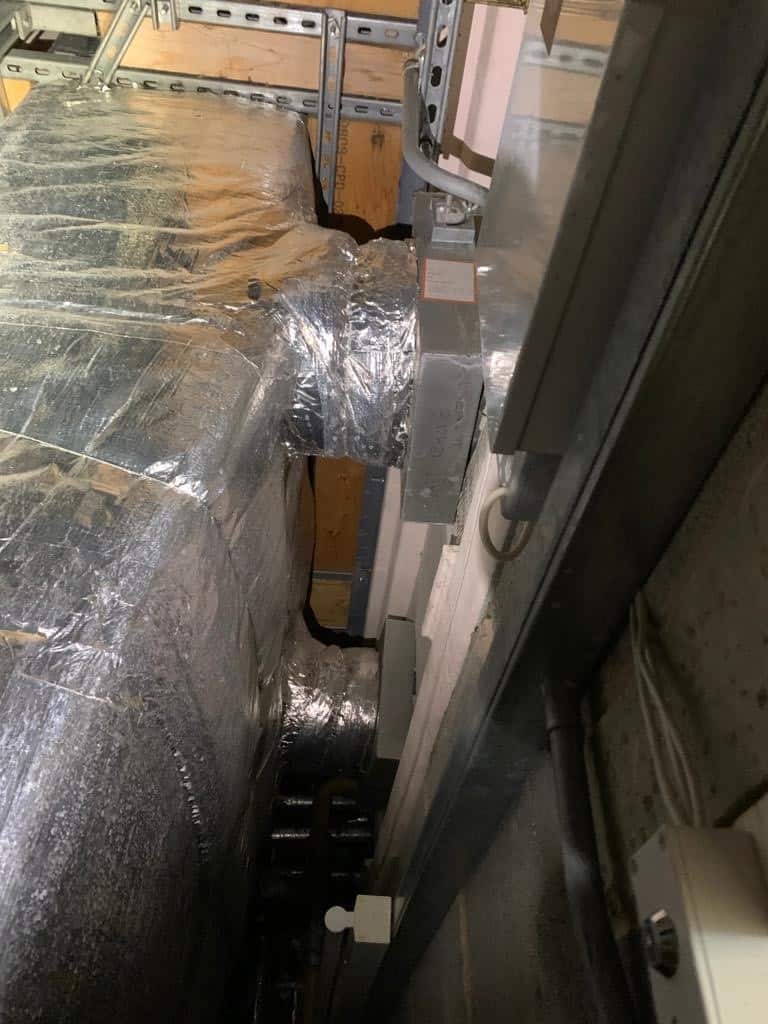
What Are My Fire Damper Testing Obligations?
Under the Regulatory Reform Fire Safety Order 2005 (the statute) building managers (the responsible person) have a legal duty to ensure all fire protection assets within their buildings are fit for purpose and correctly maintained.
To evidence fire damper compliance, testing inspections should be completed in line with BS9999 and BESA VH 001 which both stipulate an annual inspection of all fire dampers within a building.
1.Assess
The key to compliant fire damper inspections is to understand what fire dampers are fitted (or should be fitted) into your property. Key information can be found in building plans, fire strategy documentation and fire risk assessments. If no or limited documentation is available, our first visit will build up a list of installed dampers for future fire damper testing.
2.Inspect
Physical inspections of each fire dampers operation and installation by trained Technicians, to ensure the damper will operate as intended when needed. A thorough check includes releasing the damper and documenting its operation whilst recording any defects or installation failures.
3.Maintain
Ongoing PPM maintenance tests will ensure any degradation of any fire damper will be quickly identified, protecting your property and occupants.
Fire damper inspections should be carried out every 12 months as a minimum!

